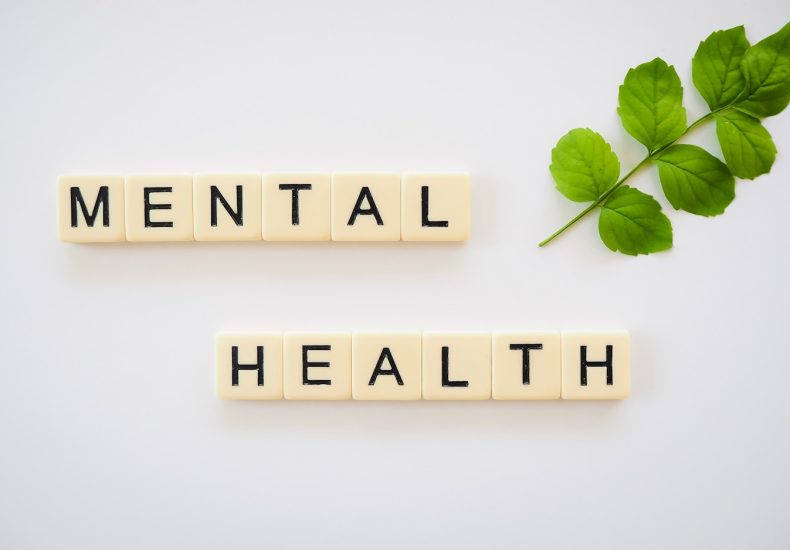How Creative Expression Affects the Brain
Neuroscientists have identified several key mechanisms that explain the link between art and mental health:
- Neuroplasticity: Creating art stimulates the brain’s reward pathways, encouraging the formation of new neural connections that enhance cognitive flexibility.
- Stress‑reduction hormones: Engaging in artistic activities lowers cortisol levels while increasing dopamine and serotonin, neurotransmitters associated with pleasure and mood regulation.
- Default Mode Network (DMN) modulation: Focused creative work quiets the DMN, the brain region linked to rumination and self‑critical thoughts, leading to a calmer mental state.
Key Findings from Art Therapy Research
1. Reduced Symptoms of Depression and Anxiety
Multiple randomized controlled trials have demonstrated that participants who engage in structured art therapy report significant reductions in depressive symptoms. For example, a 2021 study published in *Psychology of Aesthetics, Creativity, and the Arts* found a 30 % decrease in Beck Depression Inventory scores among adults who attended weekly art‑making sessions for eight weeks.
2. Improved Emotional Regulation
Art provides a safe, non‑verbal outlet for processing complex emotions. Research from the University of California, Los Angeles (UCLA) showed that adolescents who used visual art to express feelings displayed better emotional regulation, as measured by the Emotion Regulation Questionnaire, compared with peers who did not participate in creative activities.
3. Enhanced Cognitive Function in Older Adults
Engaging in artistic pursuits can help preserve memory and executive function. A longitudinal study of seniors in assisted living facilities revealed that those who participated in weekly painting classes maintained higher scores on the Mini‑Mental State Examination (MMSE) over a 12‑month period than those who only engaged in passive leisure activities.
Why Art Therapy Works: The Psychological Perspective
Beyond the biological changes, art therapy taps into core psychological principles that make it an effective tool for mental health:
- Flow State: When you become fully absorbed in creating, you enter a “flow” state—a condition of deep focus that reduces self‑awareness and promotes a sense of timelessness.
- Symbolic Communication: Art allows individuals to convey feelings that may be difficult to articulate verbally, facilitating insight and therapeutic breakthroughs.
- Self‑Efficacy: Completing an artwork, no matter how simple, builds confidence and a sense of mastery, which are essential components of psychological wellbeing.
Practical Ways to Incorporate Art Into Your Daily Routine
Even if you’re not a professional artist, you can reap the mental‑health benefits of creative expression with just a few minutes each day. Here are some easy‑to‑implement ideas:
- Morning Doodle Session: Keep a sketchbook by your bedside and spend five minutes drawing whatever comes to mind.
- Coloring for Calm: Adult coloring books are designed with intricate patterns that encourage mindfulness and reduce stress.
- Digital Art Breaks: Use free apps like Procreate Pocket or Sketchbook to create quick digital illustrations during work breaks.
- Group Art Workshops: Join a local community art class or an online art‑therapy group to combine creativity with social connection.
Choosing the Right Art Modality for Your Needs
Different artistic mediums can target specific mental‑health goals. Consider the following options based on what you want to achieve:
| Medium | Primary Benefit | Best For |
|---|---|---|
| Painting (acrylic, watercolor) | Emotional release, visual storytelling | Processing trauma, expressing intense feelings |
| Clay & Sculpture | Physical engagement, tactile grounding | Reducing anxiety, improving focus |
| Music & Rhythm | Regulating heart rate, enhancing mood | Depression, chronic pain |
| Writing & Poetry | Verbalizing thoughts, cognitive restructuring | Self‑reflection, building narrative identity |
Integrating Art Therapy with Traditional Mental‑Health Care
While art can be a powerful standalone practice, many clinicians recommend combining it with conventional therapies such as cognitive‑behavioral therapy (CBT) or medication. A collaborative approach ensures that the creative process complements evidence‑based treatment plans, offering a holistic pathway to recovery.
Common Myths About Art and Mental Health Debunked
Understanding the science helps dispel misconceptions that often discourage people from trying art‑based interventions:
- Myth: “You have to be talented to benefit.”
Fact: The therapeutic value lies in the process, not the product. - Myth: “Art therapy is only for children.”
Fact: Adults of all ages experience measurable improvements in mood and cognition. - Myth: “It’s a waste of time compared to medication.”
Fact: Studies show that art therapy can reduce the required dosage of certain antidepressants when used as an adjunct.
Measuring Your Progress
Tracking changes helps you stay motivated and provides tangible evidence of improvement. Consider these simple metrics:
- Journal your mood before and after each art session.
- Use a weekly stress‑level rating (1‑10) to notice trends.
- Take photos of your artwork over time to visualize growth and recurring themes.
Ready to experience the mental‑health benefits of art for yourself? Join our free 30‑day creative challenge and receive weekly prompts, expert tips, and a supportive community that will keep you motivated every step of the way.
In summary, the science behind why art boosts mental health is robust and multifaceted, blending neurobiological changes, psychological principles, and measurable therapeutic outcomes. Whether you’re seeking relief from anxiety, a boost in cognitive function, or simply a more joyful daily routine, incorporating creative expression into your life is a proven, accessible strategy. Start small, stay consistent, and watch how the simple act of making art can transform your mental wellbeing.




